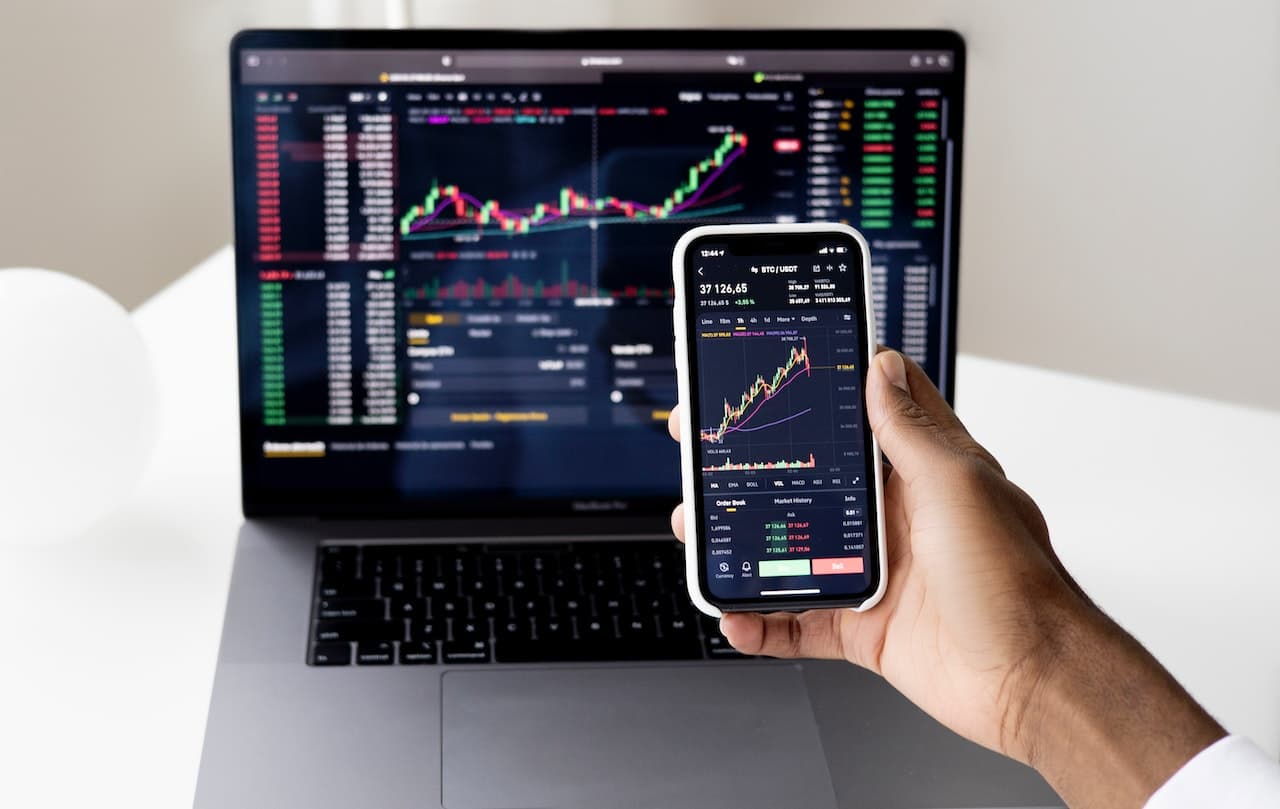
Gold has captivated human fascination for millennia, valued not only for its inherent beauty but also for its ability to store wealth across generations. As an investment, gold has a unique allure, often seen as a safe haven during times of economic turbulence. Yet, the question remains: Is gold truly a good investment in the modern financial landscape? In this comprehensive article, we delve into the various facets of gold as an investment, exploring its historical significance, its role in a diversified portfolio, the factors influencing its value, and the potential risks and rewards associated with investing in this precious metal.
The Historical Significance of Gold
For centuries, gold has served as a form of currency and a store of value. From ancient civilizations to modern times, its universal appeal has transcended cultures and eras. The historical role of gold as money provides a solid foundation for understanding its investment potential.
Throughout history, gold has been used as a hedge against economic uncertainties, political turmoil, and currency devaluation. When markets waver and traditional investments falter, gold has often maintained its value, acting as a safe haven for investors seeking stability.
Gold as a Diversification Tool
Diversification is a cornerstone of sound investment strategy, aimed at reducing risk by spreading investments across different asset classes. In this context, gold plays a crucial role. Unlike traditional financial assets such as stocks and bonds, gold tends to have a low correlation with other assets. This means that when other investments may decline in value, gold can act as a counterbalance, helping to stabilize a portfolio.
In times of economic downturns or stock market crashes, the price of gold has historically shown resilience. This characteristic makes gold an attractive addition to a diversified investment portfolio, as it can provide a cushion against market volatility.
Factors Influencing Gold's Value
Several factors contribute to the value of gold as an investment:
1. Supply and Demand: The basic principles of economics apply to gold as well. Limited supply and strong demand can drive up prices, particularly during periods of increased economic uncertainty.
2. Central Bank Policies: Actions taken by central banks, such as interest rate changes and quantitative easing, can impact the value of currencies. Investors often turn to gold as a hedge against potential currency devaluation.
3. Geopolitical Events: Political instability, conflicts, and global crises can create an environment of uncertainty, leading investors to seek refuge in gold.
4. Inflation: Gold is often considered a hedge against inflation, as its value tends to rise when the purchasing power of currencies decreases.
5. Market Sentiment: Investor sentiment can drive short-term fluctuations in gold prices. Positive sentiment toward gold can lead to price increases, while negative sentiment may result in declines.
6. Technological Demand: Gold's industrial applications in electronics, medical devices, and other sectors can influence demand and, consequently, its price.
The Potential Risks and Rewards of Gold Investment
As with any investment, there are inherent risks and potential rewards associated with investing in gold:
Risks:
1. Price Volatility: While gold is often perceived as a safe haven, it's not immune to price fluctuations. Short-term volatility can challenge even the most steadfast investors.
2. No Income Generation: Unlike dividend-paying stocks or interest-bearing bonds, gold doesn't generate regular income. Its value primarily depends on price appreciation.
3. Limited Yield Potential: Gold's long-term average annual return has historically been lower than that of stocks. As a result, it may not provide the same level of growth potential as other asset classes.
Rewards:
1. Wealth Preservation: Gold's historical role as a store of value makes it an attractive option for investors looking to preserve wealth during economic downturns.

2. Portfolio Diversification: Incorporating gold into a diversified portfolio can provide balance and reduce overall risk exposure.
3. Inflation Hedge: Gold's tendency to perform well during periods of inflation can help investors maintain purchasing power.
Different Ways to Invest in Gold
Investors have various options for gaining exposure to gold:
1. Physical Gold: This includes gold coins, bars, and jewelry. While tangible, physical gold requires safe storage and may involve additional costs.
2. Gold ETFs and Mutual Funds: Exchange-traded funds (ETFs) and mutual funds offer a convenient way to invest in gold without owning the physical metal. These funds track the price of gold and provide liquidity.
3. Gold Mining Stocks: Investing in gold mining companies allows indirect exposure to the price of gold. However, mining stocks can be influenced by factors beyond the price of gold, such as company performance and management decisions.
4. Futures and Options: Sophisticated investors can trade gold futures and options contracts, which involve speculating on future gold prices.
5. Digital Gold: Some platforms offer digital tokens backed by physical gold, providing a way to invest in gold digitally.
The question of whether gold is a good investment is complex and contingent on an individual's financial goals, risk tolerance, and market outlook. While gold's historical significance as a store of value is undeniable, its role in modern investment portfolios is subject to debate. As a diversification tool, gold can provide stability and act as a hedge against economic uncertainties. However, its price volatility and potential limited yield must be carefully considered.

Investors seeking to include gold in their portfolio should approach the decision with thorough research and a clear understanding of their investment objectives. Whether seen as a timeless wealth preserver or a tactical asset allocation strategy, gold's place in the investment landscape continues to endure, symbolizing both opportunity and caution in an ever-changing financial world.




